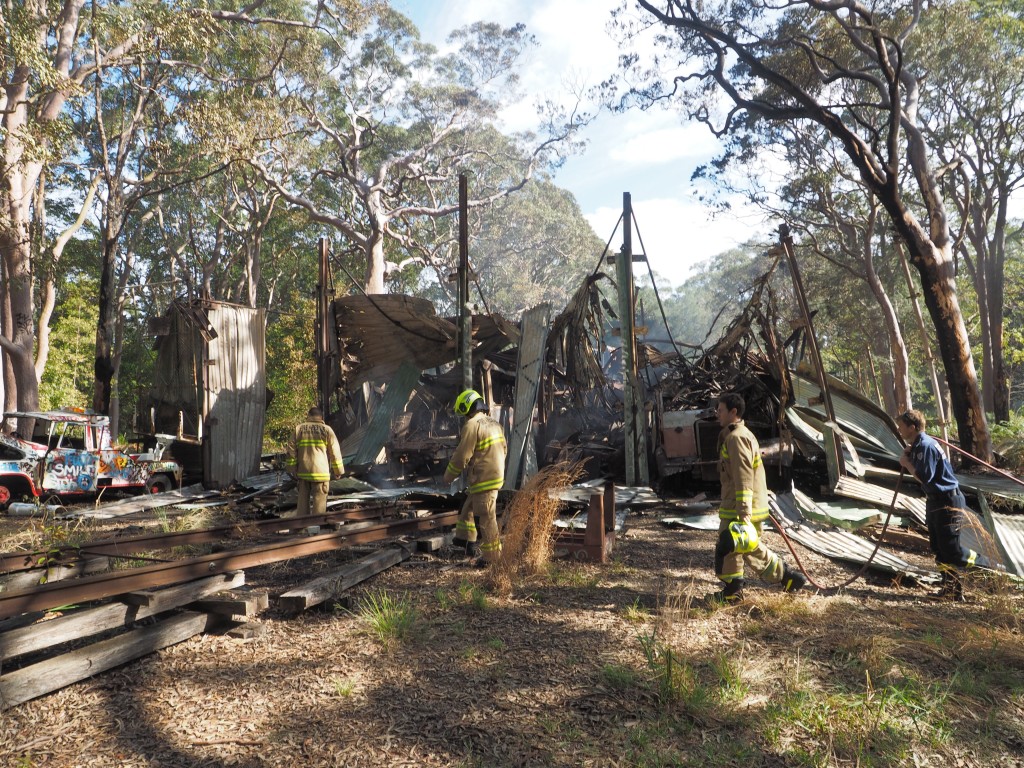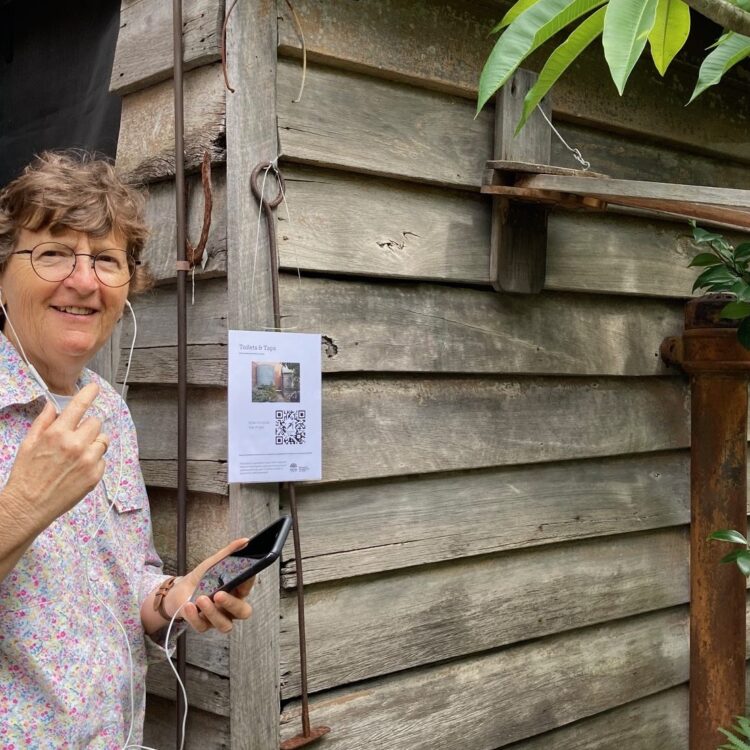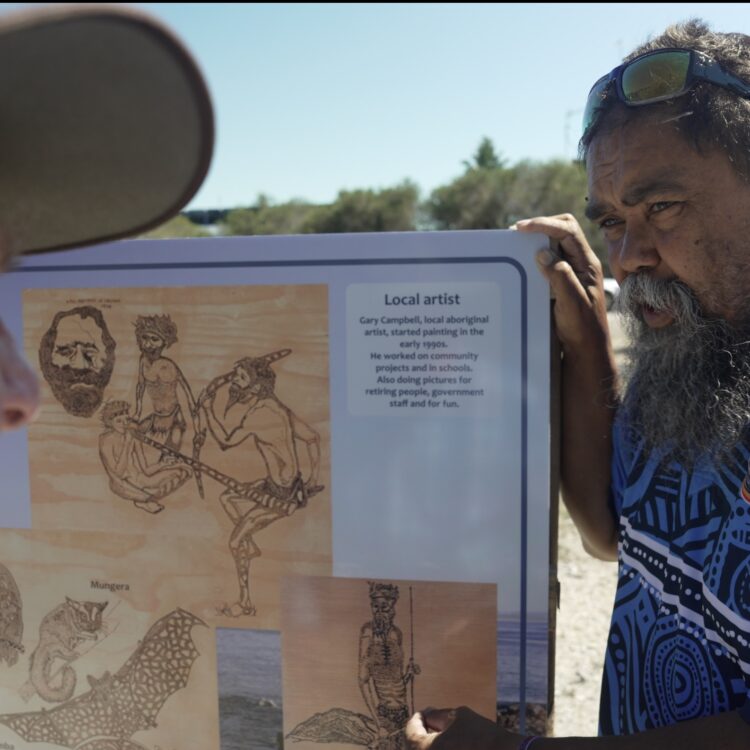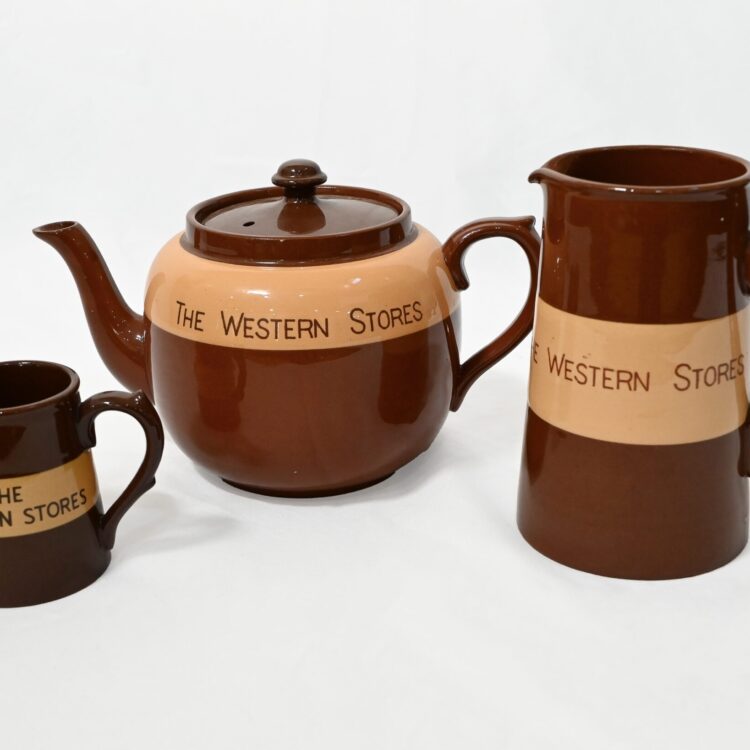
After the fire. Photo by Matthew Greier 2
The clean up begins after fire at the Sydney Tramway Museum. Photo: Matthew Greier
The MayDay call was originated in 1923 by Frederick Stanley Mockford (1897–1962). As senior radio officer at Croydon Airport in London, Mockford was asked to think of a word that would indicate distress and be understood by all pilots and ground staff in an emergency. Since much of the traffic at the time was between Croydon and Le Bourget Airport in Paris, he proposed the word “MayDay” from the French m’aider meaning ‘help me’.
Blue Shield is the cultural equivalent of Red Cross, and works to protect the world’s cultural heritage threatened by wars and natural disasters.
Every May Blue Shield Australia encourages cultural organisations to think about ways that they can be better prepared for disaster. MayDay for cultural heritage is a memorable calendar date for events that improve disaster preparedness in archives, galleries, libraries and museums. While we’re fast approaching the end of May, it’s never too late to ensure you have a good disaster plan and understand the risks to your organisation and collection.
The most important thing is to get the conversation started in your organisation and to get your staff or volunteers thinking about potential disaster. The following list will give you some suggestions on how to get started and what you can do in order to make sure your organisation is prepared.
Take at least one of these steps to help prepare your organisation for emergency prevention, preparedness, response and recovery.
Dust off your disaster plan and make sure it’s current, or make a timeline for developing one. Have a look at our online resource Developing a Disaster Plan.
Identify and prioritise your important collection items and heritage sites.
Identify the three biggest risks to your collection or heritage site.
Get to know your local firefighters, police and SES – invite them to tour your organisation to give you pointers on safety and preparedness.
Find a partner heritage organisation to work with in case of an emergency. Have a look at the DISACT website for ideas and a model of how this could work.
Arrange or participate in an emergency response training day on firefighting, crowd control, flood water management etc.
Attend a course on business continuity planning, a conference on resilience, or a workshop on emergency preparedness.
Consider the protection offered by your storage facilities – and plan to build safer repositories.
Familiarise yourself with Blue Shield Australia’s webpage – particularly the Disaster management pages regarding emergency prevention & preparedness, plus response and recovery – and share the information with your colleagues.



